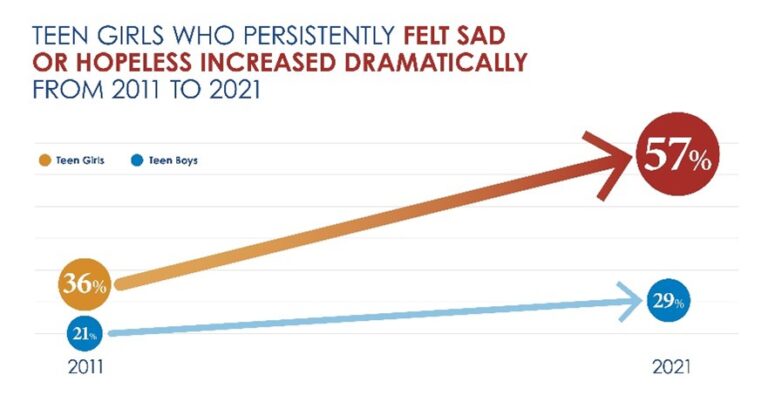The Speaker Saga: Three Weeks of Uncertainty and Dysfunction
The United States House of Representatives then went more than three weeks without a Speaker, plunging the lower chamber of Congress into uncertainty amidst multiple international crises.
Speaker Kevin McCarthy was ousted from power on October 3 through a motion to vacate brought on by Representative Matt Gaetz.
Rep. Gaetz had threatened to bring a motion to vacate forward against Speaker McCarthy for some time, citing concerns that McCarthy did not keep the promises that he made during the initial Speaker election. The most prominent of these promises broken, in Gaetz’s eyes, was McCarthys’ decision to work with Democrats to pass a stopgap funding bill to keep the US government open through mid-November.
A day after this vote, Gaetz appeared on CNN’s State of the Union and said, “I think we need to rip off the Band-Aid [and] we need to move on with new leadership that can be trustworthy…” Gaetz formally introduced the motion to oust McCarthy from power a day later.
The final vote was 216-210 in favor of ousting McCarthy, with seven representatives not voting on the motion. Eight Republicans – Andy Biggs, Ken Buck, Tim Burchett, Eli Crane, Matt Gaetz, Bob Good, Nancy Mace, and Matt Rosendale– joined 208 Democrats in voting in favor of the motion.
Now without a Speaker and no clear front-runner for the position, the House Republicans went through an internal election process to put forward a nominee.
House Majority Leader Steve Scalise initially prevailed in an October 10 secret ballot against House Judiciary Chairman Jim Jordan. Scalise needed to convince the nearly 100 Republicans who supported Jordan to vote for him on the House floor. With around 20 hard-line Republicans opposed to Scalise’s speakership bid, he withdrew from the race on October 12.
Another internal vote was held, and Rep. Jim Jordan was declared the next GOP nominee for Speaker in a 124-81 vote, although a second “validation vote” put Jordan 65 votes short of winning the Speaker’s gavel. Jordan went through three separate votes on the House floor, where he lost support each time. He withdrew from the Speaker race on October 20.
Rep. Tom Emmer, the House Majority Whip, became the next Republican nominee for Speaker after winning an internal conference vote 117-97 against Rep. Mike Johnson. At the same time, however, a subsequent ballot revealed that 26 Republicans were hard “no” votes against Emmer. He withdrew from the race just hours after winning the nomination, becoming the third candidate to do so.
After Rep. Emmer’s withdrawal from the Speaker’s race, members on both sides of the aisle expressed dissatisfaction that the House was still not in order.
On October 24, Rep. Mike Johnson, then-Vice Chair of the House Republican Conference, was put forth as the fourth Republican nominee for Speaker. There was a “validation vote,” and there was no vocal opposition to Johnson’s candidacy.
Less than 24 hours later, on October 25, Rep. Johnson was elected the 56th Speaker of the House, beating House Minority Leader Hakeem Jeffries 220-209. He was swiftly escorted to the rostrum, where he took the Oath of Office and began his job as Speaker.
In many political circles, Speaker Johnson is considered to be more of a “MAGA firebrand” in comparison to Kevin McCarthy. Johnson has been a staunch ally of former President Trump, even amidst his current legal battles. Johnson also led the charge in attempting to overturn the 2020 election results in Congress. He also holds many “far-right” positions on social issues, such as climate change, reproductive rights, and LGBTQ+ equality.
The House of Representatives is a little over a week into Speaker Mike Johnson’s tenure, and it will be interesting to see how Congress– specifically the House– operates under his watch.






